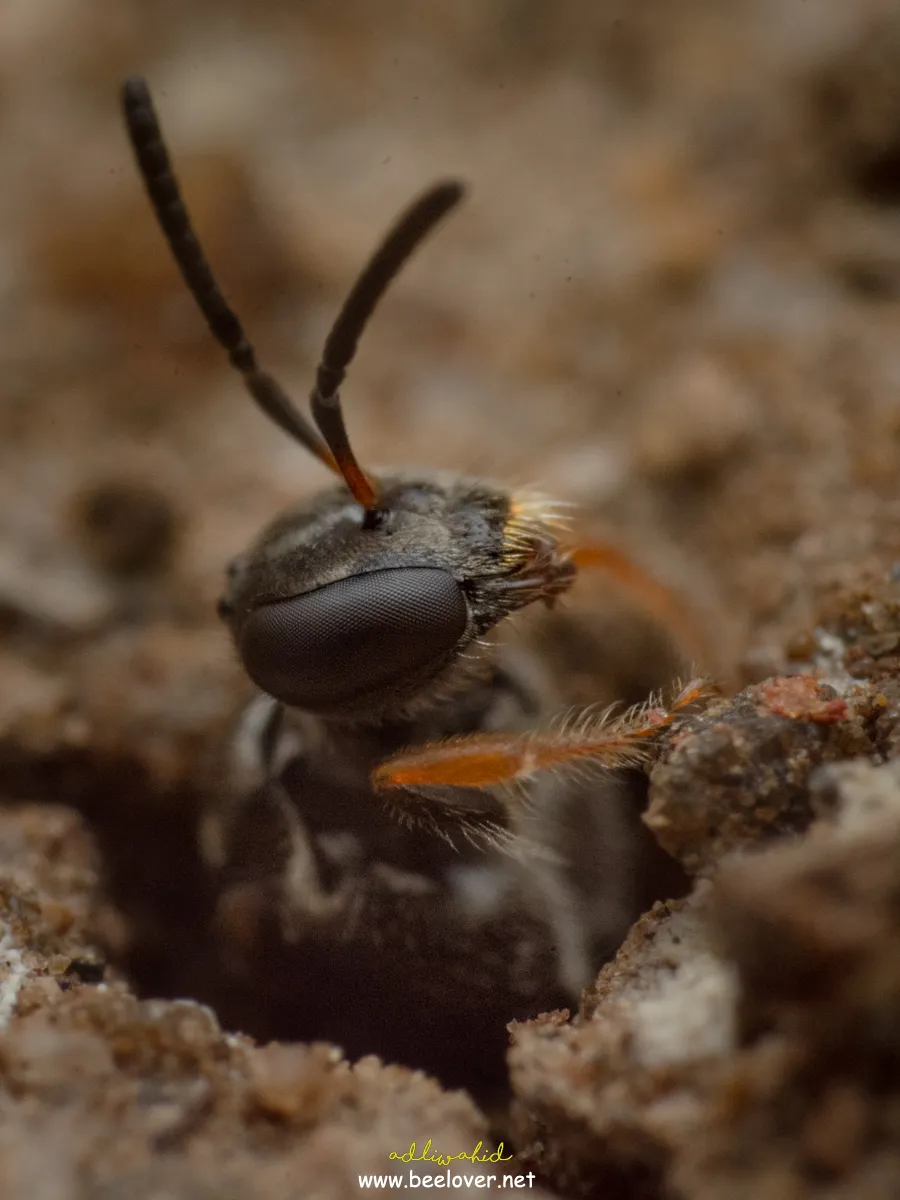Photographing Bees: Tips and Techniques
As a nature lover, I enjoy spending time in my garden and observing the beautiful creatures that inhabit it. Among these creatures are bees, which are not only important pollinators but also fascinating subjects for macro photography.
In this blog post, I will share some tips and techniques I’ve learned for photographing bees up close and personal.
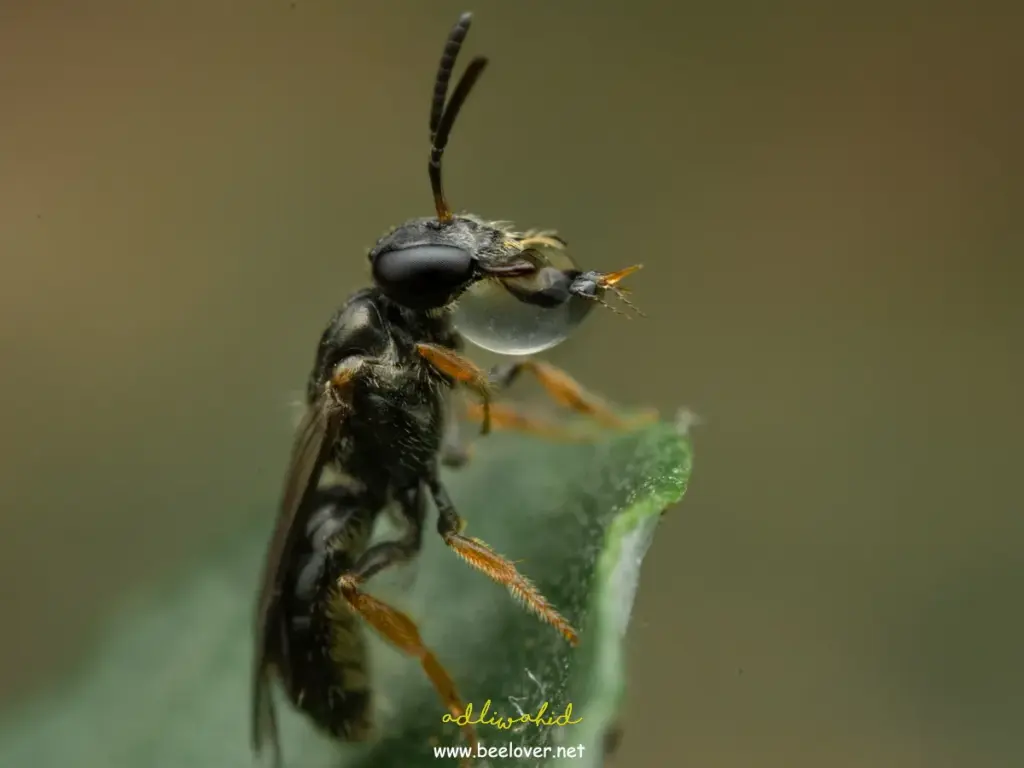
- Know Your Bees
Before you start photographing bees, take the time to read, observe and learn about their behavior. Some common solitary bees in Australia include the Blue-banded Bee, the Reed Bee, and the Teddy Bear Bee. Familiarizing yourself with their behavior, habitats, and preferred flowers can help you anticipate their movements and capture better photos.
To attract bees to your backyard, plant a variety of flowering plants and herbs that provide a continuous source of nectar and pollen. Providing nesting sites, such as wood blocks with pre-drilled holes or artificial bee houses, can also help.
- Use The Appropriate Equipment
A macro lens is an essential tool for photographing bees as it allows you to get up close and capture fine details. I normally use my 105mm macro lens (Lester A Dine 105mm f/2.8 or the Micro-Nikor 105mm f/4) which is known for its sharpness and clarity. It also provides a reasonable working distance from the front of the lens to the bee. For even greater magnification (i.e. 2X-3X), I like to use the reverse lens method with a Nikkor 28mm AIS lens and a PK-13 extension tube. Another possible option is to attach the Raynox DCR-250 in front of my macro lens.
Check out this page if you’re interested to learn about my gear.
3. Get the Right Magnification
The size of bees can vary, but some of the common native and solitary bees in Australia include the Blue-banded Bee (around 10-12mm long) and the Teddy Bear Bee (around 12-15mm long). To get the right magnification, it’s helpful to know the size of the bee you’re photographing and your camera sensor size (23.5 x 15.6 mm for my Nikon D7200) adjust your lens and camera settings accordingly. As a general rule, I aim for a magnification of at least 1:1 or higher so that the bees will fill most of the frame.
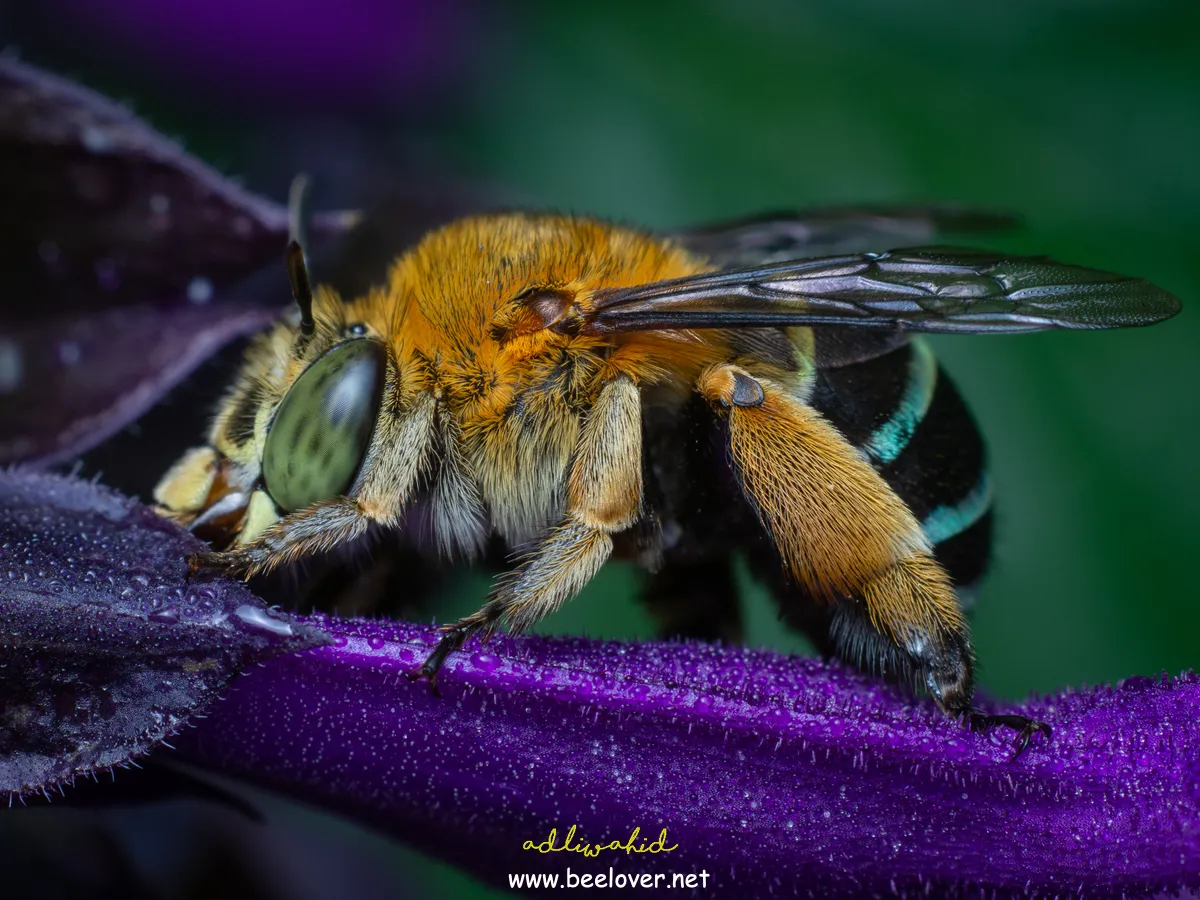
4. Focus Manually
When photographing bees up close, autofocus can struggle to lock onto the subject. I find it faster to focus manually and move my body closer or further away to adjust the focus. Of course this will require practice and you’ll get better to more you do it. Since I don’t need to use autofocus, I can use manual focus lens (vintage) for this purpose. They tend to be cheaper than their auto-focus and modern counterparts.
5. Use Flash & Diffuser
A flash is essential for macro photography because it can help freeze motion and provide enough light for a good exposure. I use a hot shoe flash (Meike 320) with a home made diffuser to soften the light. I set the flash to manual mode with the flash power initially set to 1/16.
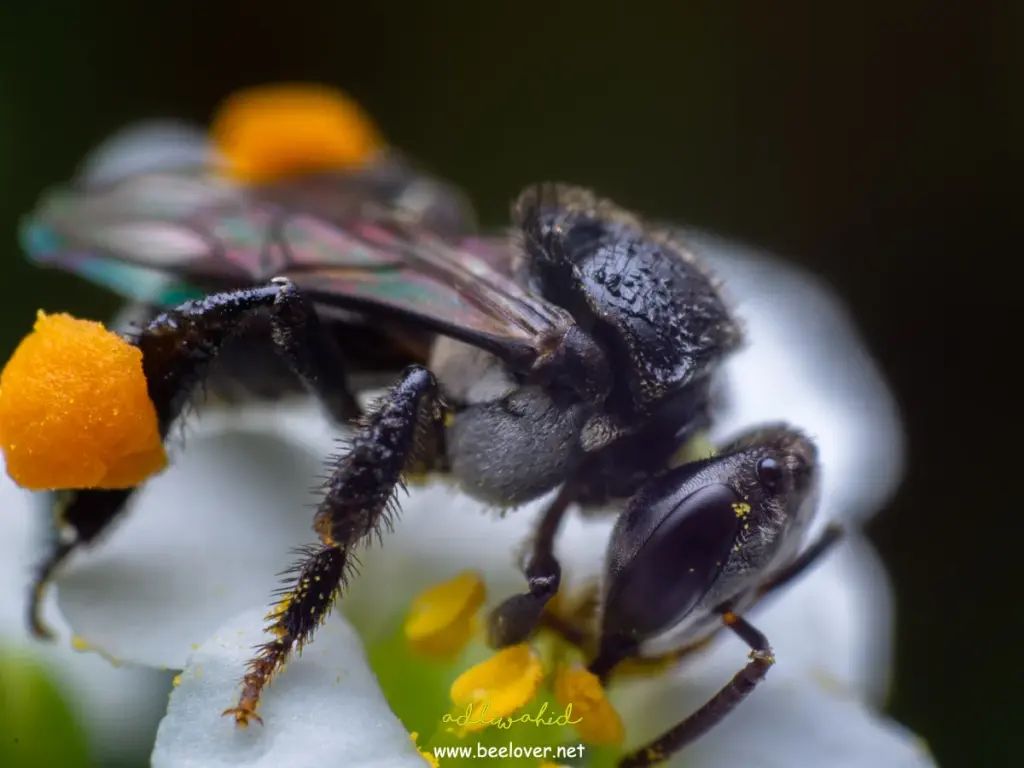
6. Validate your settings
My go-to settings are f/11 for apperture in order to get a good depth of field. I will increase or decrease the ISO as needed. Finally, I also set the camera to save the image in RAW format.
Prior to shooting, I always take test shots to validate my settings. This will also give you the opportunity to think about the background, colours, what to include (or not) in the frame.
7. Get the Eyes In Focus
I think that the the eyes of the bees are the most important part to focus on and to get it as sharp as you can. When focusing, having the eyes in focus is my trigger point i.e. when I click the shutter. Of course this is not applicable if the eyes are not included in the shot 😀
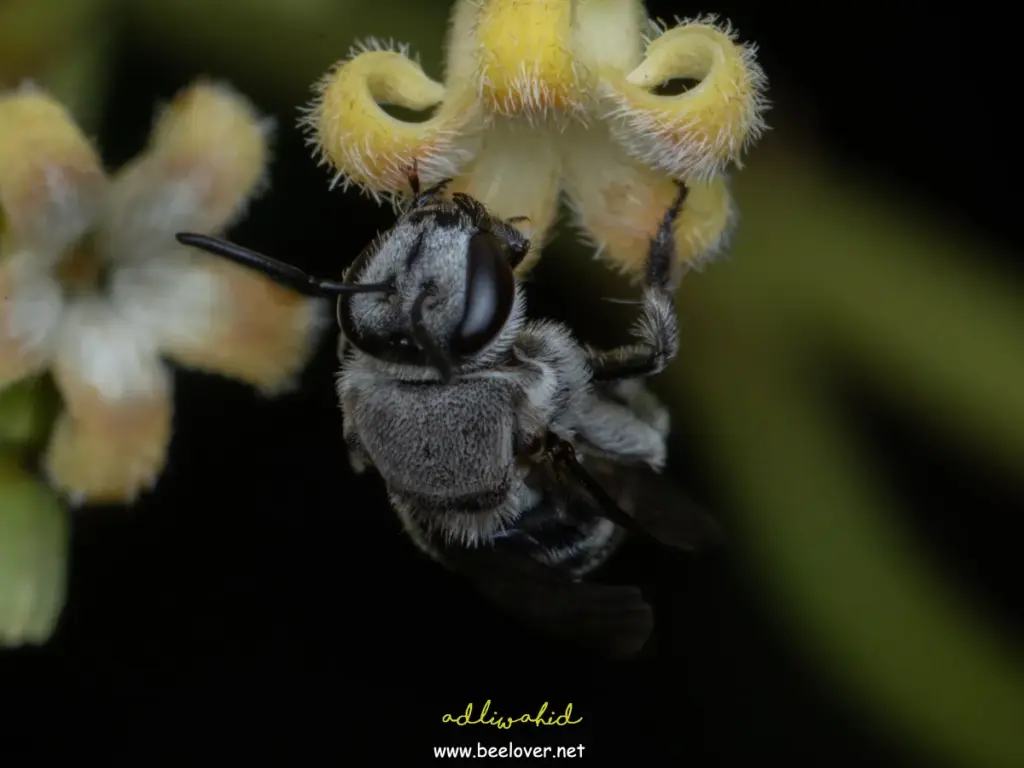
8. Observe Bees Activities
Bees exhibit different behaviors at different times depending on their activities. For instance you can find the bees (Buzz) pollinating flowers, roosting at night or building their nests. Observing the different activities can lead to opportunity to capture unique and interesting photos.
9. Be Patient and Persistent
For every good photo, there will be hundreds, if not thousands of blurry and bad ones. Photographing these beautiful and amazing creatures require patience and persistence. Make yourself comfortable and try to enjoy the moment & the bees.
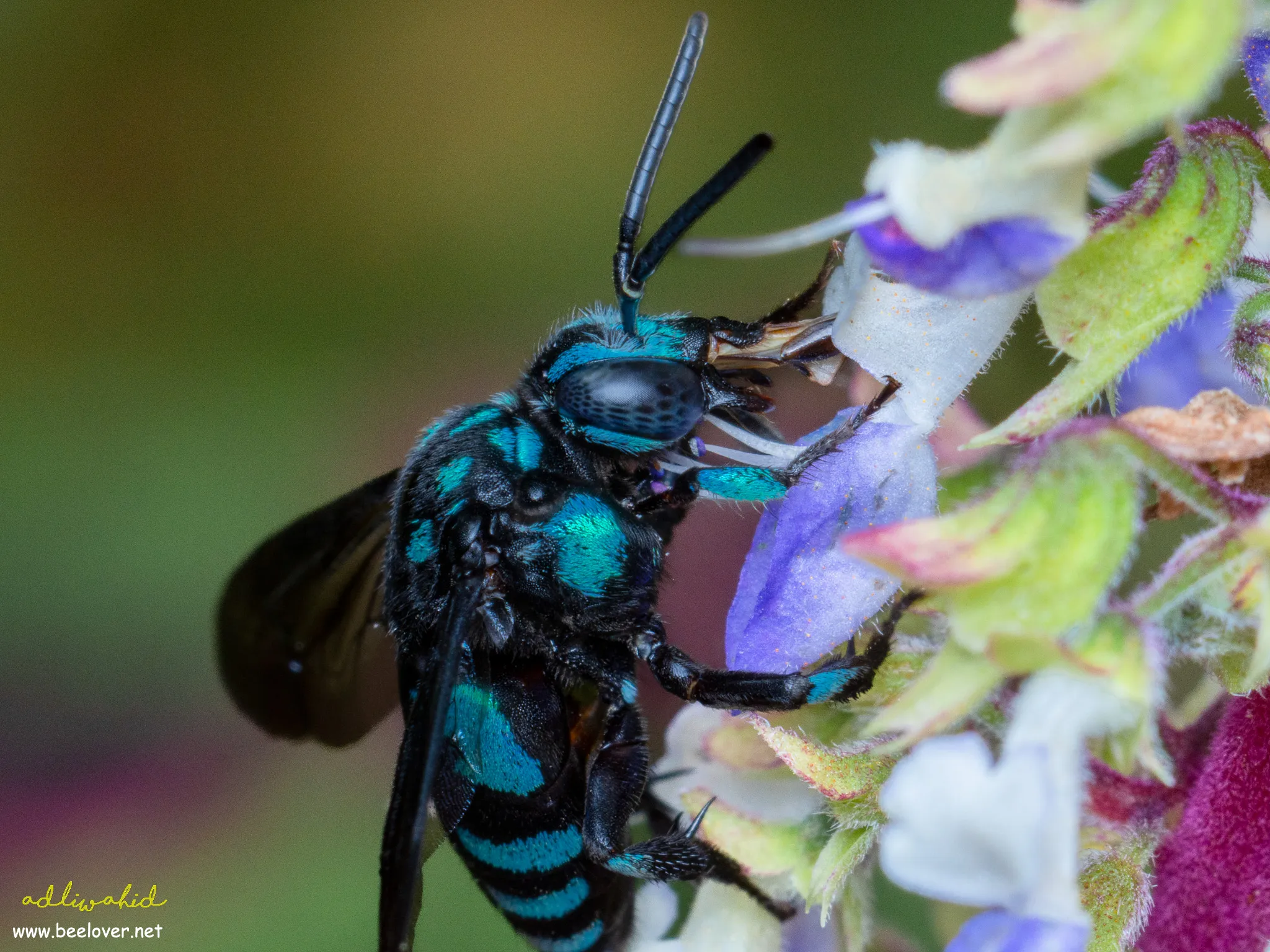
In conclusion, photographing bees can be a rewarding and exciting experience. With the right equipment and techniques, you can capture stunning macro shots and learn more about these important pollinators. Remember to always respect the bees and their habitat, and never harm or disturb them for the sake of a photograph. Happy shooting!
